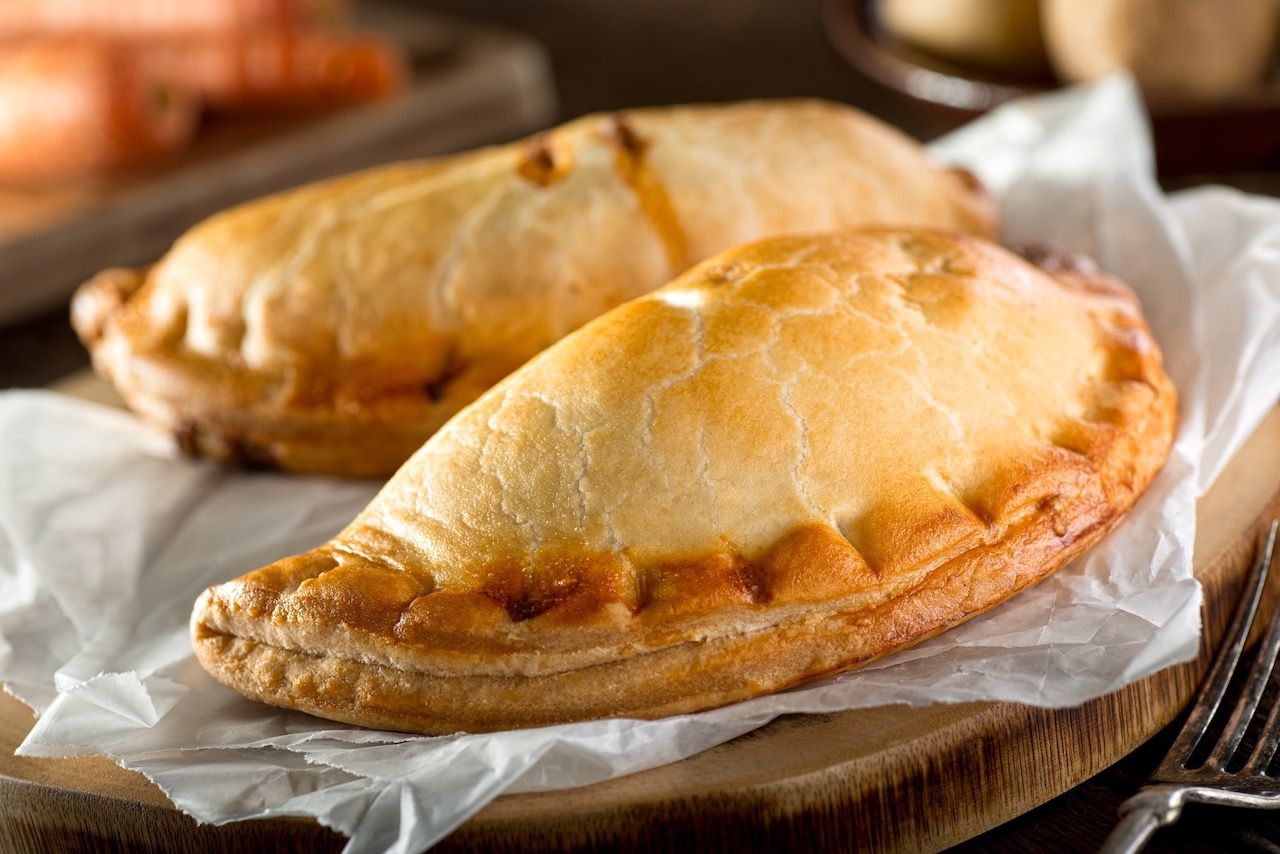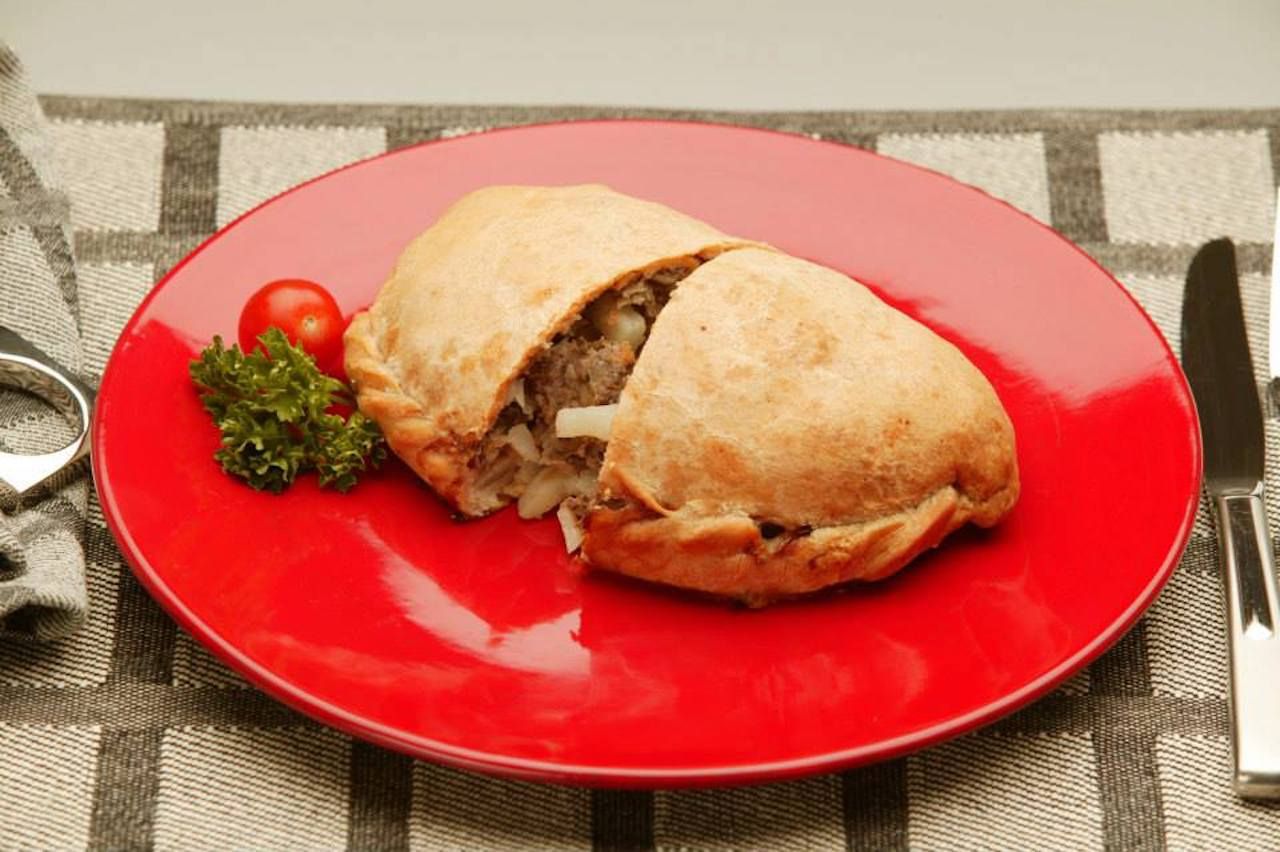Many cuisines have a dish that consists of a sweet or savory filling wrapped in a bread shell. Empanadas, for example, are found throughout Portugal, Spain, and much of Latin America, and calzones, though usually larger, serve a similar purpose in Italy. Arguably the most fervently loved version of this portable filled-bread food category, however, is the pasty.
The pasty (rhymes with “nasty”) is a traditional workingman’s meal from Cornwall, England. It’s traditionally made with beef, diced potatoes, onion, and rutabaga, although the proportions and type of meat change depending on who’s making it. People with a sweet tooth will be glad to hear that pasties can also come 50/50, with half being savory and the other half sweet.
While Cornwall is the pasty’s true home, its adopted home — where there are countless pasty storefronts, generations of pasty eating families, and an annual pasty festival — is some 3,500 miles away in Michigan’s Upper Peninsula. This is how the pasty became the signature dish of a little sliver of Michigan.



